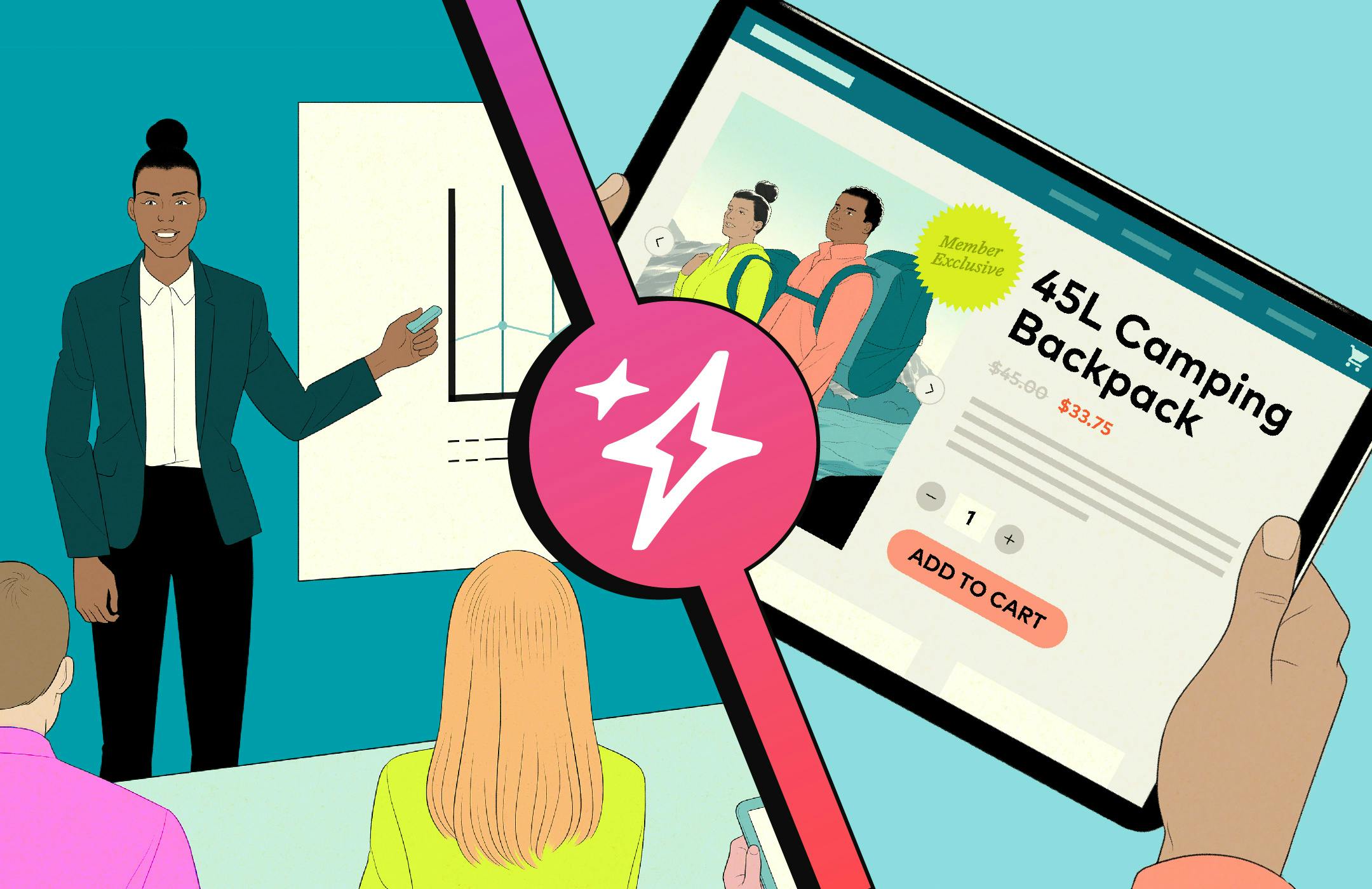There’s an emerging trend that could reshape the relationships between brands and their customers: AI as gatekeeper. More and more, people will be able to simply ask their phone to solve a problem or type a question into their browser window and they’ll get a response synthesized from information available online. It won’t be long before consumers are spending more time using AI interfaces that summarize and curate results, and less time interacting directly with brands.
Several developments point to this phenomenon, including AI upgrades to Siri with Apple Intelligence, AI search overviews on Google, and the rise of apps like Perplexity.
(And while Google’s AI search overviews had a rocky rollout, you can bet they will be improving it and figuring out how it works best with their business model.)
A shift toward AI-mediated behavior carries two major considerations for businesses that want to stand out:
Brands will have fewer opportunities for direct interaction with customers, so they need to make those count
AI aggregators rely on the data that is fed to them, where the quality of the input determines the relevance and effectiveness of the output
Both of these make it even more important for your underlying customer data to be accurate and up to date. That’s what it will take to make sure the direct interactions you do get can stand out, and that AI interfaces are representing your brand well.
Changes to expect in an AI gatekeeper world
Since brands will have fewer chances to connect directly with audiences and AI tools will be reliant on the data that’s fed to them, I predict three shifts that business leaders need to plan for:
1. The shift from browsing to direct actions
Imagine a world where AI gatekeepers like Siri and Google will take actions across apps and sites (for example, placing orders for customers or comparing price points from several brands). In this scenario, users will spend less time browsing websites and apps. This means that when brands do get in front of customers, they need to make each engagement count. To stand out, brands must redouble their focus on delivering personalized, relevant experiences so that when they do get customer attention the message lands.
2. The battle for attention in notifications and mail
AI assistants will prioritize and summarize content from notifications, text messages, emails, etc., displaying only the most engaging content to users. To earn a spot in these curated feeds, brands must create exceptional, targeted experiences powered by first-party data. This means that batch and blast becomes even less effective, since engaging content (which means personalized content) will be what ultimately gets shown to users by the prioritization algorithms.
3. The virtuous cycle of personalization
As brands use customer data to personalize and customers interact more with these better-targeted messages, AI will increasingly surface the content with successful engagement. Understanding what gets prioritized by AI curation and what doesn’t leads to more customer insights for brands, fueling even better personalization.
Steps for success with AI gatekeepers
The ability to adapt and thrive in this new paradigm of consumer behavior will come down to being able to personalize better, which in turn starts with accurate customer data. The good news is that the solution to this new challenge is the same fundamental best practice for getting value from customer data — only now the stakes are higher.
Here’s what it looks like:
Build a unified data foundation: That means no duplicate records, no data stored in multiple locations, no guessing about which dataset is the most accurate. This concept has had multiple names over the years: unified data foundation, single view of the customer, Customer 360, and others. They all refer to unifying data so that there’s a complete and consistent customer profile across all channels both online and in-store, which is a fundamental requirement for success in digital marketing.
Make sure that the data stays up to date: Customer profiles need to reflect the most recent information so that they can properly account for changing personal information and shifting preferences and behavior. A big part of this is having infrastructure that is able to bring in new information without breaking the profiles.
Make sure that it’s easy to get data into the environments it needs to be in: The repository where these high-quality customer profiles lives needs to be connected and accessible (with the right permissions, of course, privacy first) so that information can flow seamlessly to the the places where they will affect customer experiences and therefore AI gatekeeper prioritization.
Apple Intelligence and AI-augmented Google search and app interactions are just the beginning. We’re at an exciting time: the way people interact with the flow of information at their fingertips is at the early stages of profound change. Future success in consumer business belongs to brands that can make the most of both AI and customer data to create the kind of standout experiences that make an impression on buyer and bot alike.
To learn more about how Amperity can help you build the data foundation to power the personalized experiences you’ll need to stand out, check out our platform page and our RFP guide to better understand which CDP can best attune to the modern needs of the AI market.
